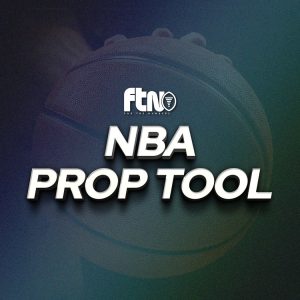
Each week through the NFL season, I’ll review my single entry lineup, as well as a couple others. I will also track success rates throughout the season. The criteria for the other lineups to make the article (and tracking) will be over 10% of my overall investment. This week, that includes:
- Single-entry lineup
The goal here is to hold myself accountable for the decisions I make while also helping to provide a blueprint for long-term success in GPPs.
Throughout the year, I’ll emphasize the top 10% and top 1% hit rates. While profit/loss is at the mercy of significant variance at the top of tournaments, these hit rates stabilize much faster and can therefore paint a stronger picture of our performance.
The single-entry
Oh boy was this a bad lineup. Unlike last week, where the snowflakes were good process, this was a week filled with mistakes.
Every choice we make can be categorized in one of four groups:
- Bad Process, Bad Outcome
- Bad Process, Good Outcome
- Good Process, Bad Outcome
- Good Process, Good Outcome
We’ll begin with No. 1:
Bad process, bad outcome
1. Chicago stack
Is there a greater mistake than leaving the fate of one’s money in the hands of Matt Nagy? Perhaps not. In all seriousness though, this stack was bad process for multiple reasons. First, Justin Fields’ ownership projection nearly doubled from Friday to Sunday morning, so the possibility that Nagy would hold him back should have been enough to take me off Fields.
More importantly, however, this was bad process because the stack itself didn’t provide enough correlation (as I clearly knew, considering the fact that I didn’t even use a bring-back). More on this later…
2. Noah Fant
Tight end is the position with the most variance, yet it also has one of the most consistent producers in all of fantasy football — Travis Kelce. In my correlated leverage article and the FTN NFL livestream, I talked about locking Kelce into my core alongside Austin Ekeler. On Sunday morning, I went elsewhere. The issue isn’t that Fant was a bad play, it’s that I missed out on the Ekeler/Kelce ministack and I had too many independent and low-probability pieces.
Bad process, good outcome
1. Chris Carson/DK Metcalf/Chase Claypool
Though all three of these guys performed, this is too many independent pieces. Though I liked all of these plays, they accomplished nothing in terms of decreasing the number of things I needed to be right about — more on this in Lessons to Learn at the end of the article.
Pairing Chris Carson with the Seattle defense made sense, as did Metcalf and Claypool as strong standalone plays. However, the combination of all three was too much, especially when you consider the fact that this was really a group of four standalone plays, including Fant. Fant was the one who failed, but the likelihood of all four hitting at once, independent of one another, was extremely low. It could have been any of the four who bombed.
Notice, too, that this was in large part a result of my poorly chosen foundational stack.
Good process, bad outcome
1. Chris Carson/Seattle DST
Carson and the Seattle defense was a correlated leverage play over the emerging Alexander Mattison chalk. Historically, Minnesota had been awful offensively (comparatively speaking), both on the ground and in the air without Dalvin Cook.
Minnesota ended up outperforming expectations, and the game script worked for Mattison rather than Carson, but it could have just as easily gone the other direction.
Good process, good outcome
1. Austin Ekeler
Ekeler was my guy all week, as I emphatically called him a core play on Mean Streets, FTN NFL Live and in my correlated leverage article. He came through with 22.7 DK points and honestly could/should have had more. At least I got one thing right.
Lessons to learn
In my stacks & correlated leverage article, I talk about how the purpose of stacking is to decrease the number of things we need to be right about (as is correlated leverage). Let’s walk through the things I needed to be right about in this lineup. For simplicity, we’ll view all correlated scenarios as one thing, when in reality that would only be true if they were perfectly correlated.
I needed to be right about:
- Justin Fields/Allen Robinson/Darnell Mooney
- Austin Ekeler
- Chris Carson/Seattle DST (which would also “doom” Alexander Mattison)
- DK Metcalf
- Chase Claypool
- Noah Fant
Fortunately, I got most of my single-entry losses back in MME thanks to my highest owned game stack being Josh Allen/Emmanuel Sanders/Cole Beasley/Terry McLaurin.
For comparison’s sake, let’s explore what this stack would have looked like, paired with my weeklong conviction to use Austin Ekeler and Travis Kelce together:
McLaurin would have been disappointing, but that’s still a killer start. I would have searched for some correlation in those final three spots, but even if I found nothing, I would have needed to be right about:
- Allen/Sanders/Beasley/McLaurin
- Ekeler/Kelce
- RB2
- Flex
- DST
We’re either talking one or two fewer things to be right about — a much better lineup.
To further drive home this point, let’s look at the winning lineup from my main contest, a 277-entry tournament:
It needed to be right about:
- Tom Brady/Mike Evans/Chris Godwin/Cooper Kupp/Tyler Higbee
- Najee Harris
- Saquon Barkley
- Tyler Boyd
- Cincinnati DST
You could even argue that Harris/Boyd/Cincinnati told a story of a successful Cincy offense forcing Ben Roethlisberger to repeatedly and predictably drop back for passes, leading to added opportunities for sacks and turnovers (of which they got 6), as well as dink and dunk Harris targets in Diontae Johnson’s absence. In this overly simplified version of counting, this lineup needed to be right about somewhere between three and five things. This is the kind of lineup we want to build, and looking at it is a stark reminder of just how poorly constructed my single-entry was this week.
On to the next, where I’ll be sure to build a stronger lineup.













































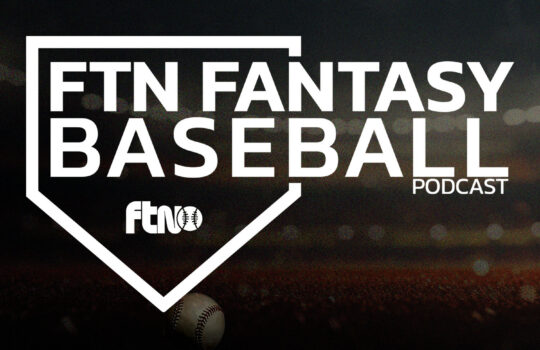

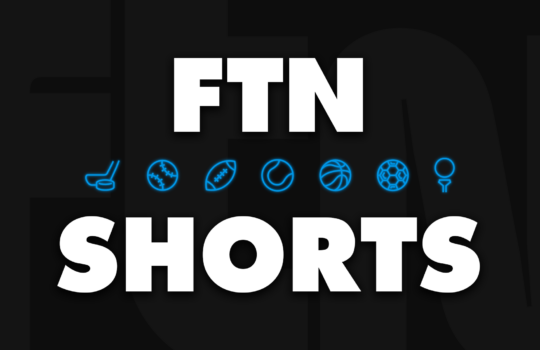
 New York Jets
New York Jets  New England Patriots
New England Patriots  Miami Dolphins
Miami Dolphins  Buffalo Bills
Buffalo Bills  Pittsburgh Steelers
Pittsburgh Steelers  Cleveland Browns
Cleveland Browns  Cincinnati Bengals
Cincinnati Bengals  Baltimore Ravens
Baltimore Ravens  Tennessee Titans
Tennessee Titans  Jacksonville Jaguars
Jacksonville Jaguars  Indianapolis Colts
Indianapolis Colts  Houston Texans
Houston Texans  Las Vegas Raiders
Las Vegas Raiders  Los Angeles Chargers
Los Angeles Chargers  Kansas City Chiefs
Kansas City Chiefs  Denver Broncos
Denver Broncos  Washington Commanders
Washington Commanders  Philadelphia Eagles
Philadelphia Eagles  New York Giants
New York Giants  Dallas Cowboys
Dallas Cowboys  Minnesota Vikings
Minnesota Vikings  Green Bay Packers
Green Bay Packers  Detroit Lions
Detroit Lions  Chicago Bears
Chicago Bears  Tampa Bay Buccaneers
Tampa Bay Buccaneers  New Orleans Saints
New Orleans Saints  Carolina Panthers
Carolina Panthers  Atlanta Falcons
Atlanta Falcons  San Francisco 49ers
San Francisco 49ers  Seattle Seahawks
Seattle Seahawks  Los Angeles Rams
Los Angeles Rams  Arizona Cardinals
Arizona Cardinals 
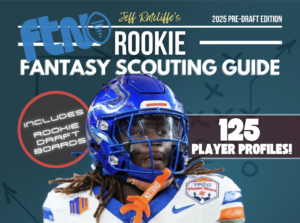

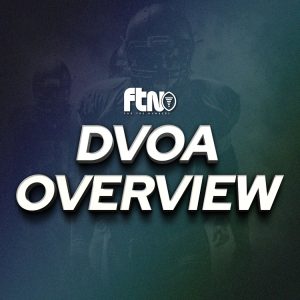
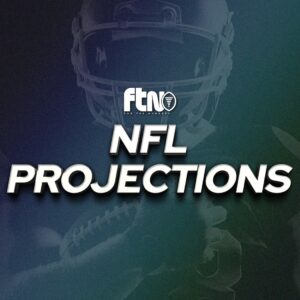


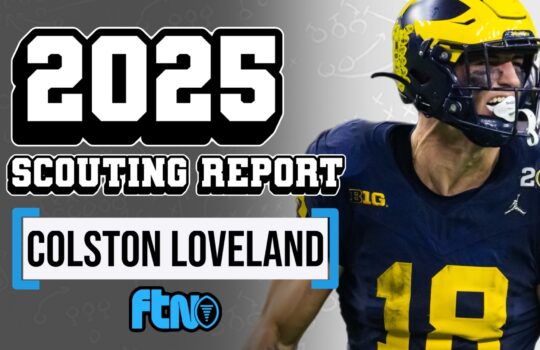


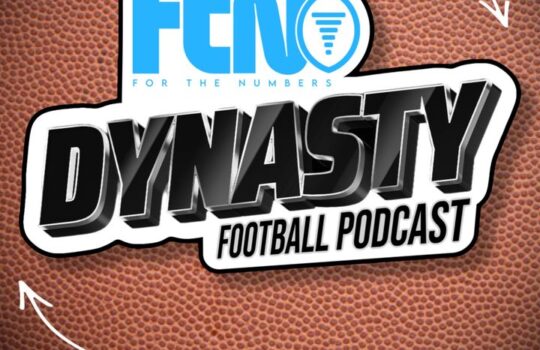
 Boston Celtics
Boston Celtics  Brooklyn Nets
Brooklyn Nets  Philadelphia 76ers
Philadelphia 76ers  New York Knicks
New York Knicks  Toronto Raptors
Toronto Raptors  Chicago Bulls
Chicago Bulls  Detroit Pistons
Detroit Pistons  Milwaukee Bucks
Milwaukee Bucks  Cleveland Cavaliers
Cleveland Cavaliers  Indiana Pacers
Indiana Pacers  Orlando Magic
Orlando Magic  Atlanta Hawks
Atlanta Hawks  Charlotte Hornets
Charlotte Hornets  Miami Heat
Miami Heat  Washington Wizards
Washington Wizards  Denver Nuggets
Denver Nuggets  Minnesota Timberwolves
Minnesota Timberwolves  Oklahoma City Thunder
Oklahoma City Thunder  Portland Trail Blazers
Portland Trail Blazers  Utah Jazz
Utah Jazz  LA Clippers
LA Clippers  Golden State Warriors
Golden State Warriors  Los Angeles Lakers
Los Angeles Lakers  Phoenix Suns
Phoenix Suns  Sacramento Kings
Sacramento Kings  Dallas Mavericks
Dallas Mavericks  Houston Rockets
Houston Rockets  Memphis Grizzlies
Memphis Grizzlies  New Orleans Pelicans
New Orleans Pelicans  San Antonio Spurs
San Antonio Spurs 



